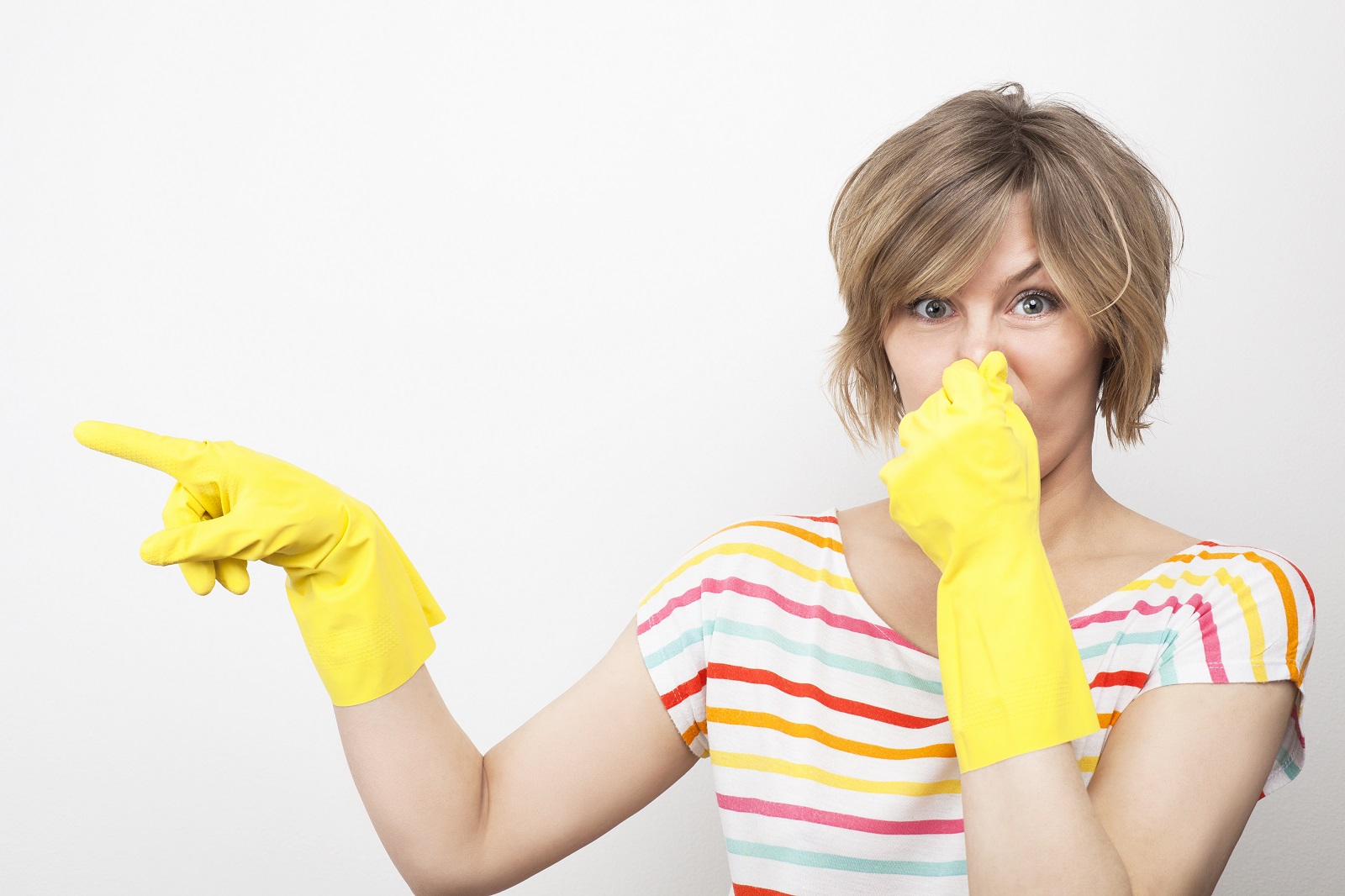Biohazard cleanup is a term that often brings to mind images of crime scenes and accidents.
However, it encompasses much more than that.
Biohazard cleanup involves the removal, cleaning, and disinfection of blood, bodily fluids, and other potentially infectious materials. It’s a task that requires more than just a deep clean.
This process is crucial in maintaining a safe and healthy environment. It’s not just about cleanliness, but also about preventing the spread of diseases.
In this article, we delve into why biohazard cleanup requires specialized techniques, professional expertise, and strict adherence to regulations.
We’ll also explore why it’s not a task to be taken lightly or attempted as a DIY project.
Understanding Biohazard Cleanup
Biohazard cleanup is a specialized process. It’s designed to remove and dispose of biohazardous materials.
These materials can include blood, bodily fluids, medical waste, and other substances that can potentially spread diseases.
The cleanup process is often required after events like crimes, suicides, unattended deaths, and accidents. It’s also necessary in situations involving infectious diseases or hazardous materials spills.
Professional biohazard cleanup teams are trained in specific techniques. They know how to handle these materials safely and effectively.
The goal is not just to clean, but to disinfect and decontaminate. This ensures the environment is safe for people to return to.
The Risks of Improper Biohazard Removal
Improper handling of biohazardous materials can lead to serious health risks. These materials can contain pathogens that cause infectious diseases.
If not properly cleaned, these pathogens can remain on surfaces. They can then be transferred to individuals who come into contact with these surfaces.
In addition to health risks, improper biohazard removal can also lead to legal consequences. There are strict regulations governing the handling and disposal of biohazardous waste.
Non-compliance with these regulations can result in hefty fines. In some cases, it can even lead to imprisonment.
Therefore, biohazard cleanup must be carried out by trained professionals. They understand the risks and know how to mitigate them.
Specialized Techniques in Biohazard Cleanup
Biohazard cleanup is not a simple task. It requires specialized techniques and protocols to ensure safety and thoroughness.
Professional biohazard cleanup teams are trained in these techniques. They know how to remove and dispose of hazardous materials safely.
These techniques vary depending on the type and extent of contamination. For instance, the cleanup process for a crime scene would differ from that of a medical facility.
The use of professional-grade disinfectants and cleaning agents is a common feature in biohazard cleanup. These agents are not typically available to the general public.
Here are some of the specialized techniques used in biohazard cleanup:
- Use of personal protective equipment (PPE) to prevent direct contact with harmful substances
- Compliance with local, state, and federal regulations, including OSHA guidelines
- Strict protocols to ensure thorough decontamination and disinfection
- Proper disposal of biohazardous waste
- Use of professional-grade disinfectants and cleaning agents
- Attention to detail and meticulous work to ensure no trace of contamination remains
- Use of advanced technology, such as ATP (adenosine triphosphate) testing, to ensure the effectiveness of cleanup
- Verification of the integrity of a cleanup job through third-party testing
The Role of Personal Protective Equipment (PPE)

Personal protective equipment, or PPE, plays a crucial role in biohazard cleanup. It serves as the first line of defense against potential health risks.
PPE includes items like gloves, gowns, masks, and eye protection. These items prevent direct contact with harmful substances. They protect the skin, eyes, and respiratory system from biohazard exposure.
The use of PPE is not just a safety measure, it’s also a regulatory requirement. Compliance with OSHA guidelines is crucial in biohazard remediation.
Regulatory Compliance and Standards
Biohazard cleanup is a highly regulated field. It’s governed by local, state, and federal regulations. These rules ensure the safety of both the cleanup crew and the public.
One key regulatory body is the Occupational Safety and Health Administration (OSHA). OSHA guidelines dictate the protocols for handling biohazardous materials. They also set the standards for the use of personal protective equipment.
Compliance with these regulations is not optional. It’s a legal requirement. Non-compliance can lead to penalties and legal consequences.
The Importance of Professional Damage Restoration Services
Biohazard incidents often result in physical damage to properties. This damage can range from minor to severe. It’s not just about the visible mess. Biohazards can seep into the structure, causing hidden damage.
Professional damage restoration services play a crucial role here. They have the skills and equipment to assess and repair this damage. They can restore the property to its pre-incident condition.
Moreover, these professionals understand the link between physical damage and biohazards. They ensure that the restoration process doesn’t inadvertently spread contamination. This is a risk when dealing with untrained individuals or companies.
Hazard Control Measures During Cleanup
Biohazard cleanup is not a straightforward process. It involves a series of steps to ensure safety. One of these steps is hazard control. This is a critical part of the cleanup process.
Hazard control measures are implemented to contain the biohazard. They prevent it from spreading during the cleanup process. These measures can include setting up containment zones and using air scrubbers.
These measures also protect the cleanup crew. They prevent direct exposure to the biohazard. This is crucial as biohazards can pose serious health risks.
Emotional and Psychological Considerations
Biohazard cleanup often involves traumatic events. These can include crimes, suicides, or unattended deaths. The emotional toll of these events should not be underestimated.
Cleanup crews are trained to handle these situations with sensitivity. They understand the emotional trauma that can be associated with such scenes. Their professionalism helps to ease the burden on those affected.

Why You Shouldn’t Attempt DIY Biohazard Cleanup
Biohazard cleanup is not a task for the untrained. It involves handling potentially infectious materials. These can pose serious health risks if not handled correctly.
Moreover, biohazard cleanup requires specialized techniques and equipment. This includes personal protective equipment and professional-grade disinfectants. These are not typically available to the general public.
Attempting DIY biohazard cleanup can also lead to incomplete decontamination. This can result in lingering health risks and potential legal issues. It’s not worth the risk.
Conclusion: The Critical Importance of Professional Biohazard Cleanup
Biohazard cleanup is a critical service that goes beyond a simple deep clean. It involves the removal and disposal of potentially harmful substances. These substances can pose serious health risks if not handled correctly.
Professional biohazard cleanup teams are trained to handle these risks. They follow strict protocols and use specialized equipment to ensure thorough decontamination. This protects not only the immediate environment but also the wider community.
In conclusion, the importance of professional biohazard cleanup cannot be overstated. It’s a vital service that ensures the safety and health of everyone involved.
For professional biohazard cleanup services in Santa Rosa Beach, contact PuroClean of Santa Rosa Beach.




 PuroClean of Santa Rosa Beach
PuroClean of Santa Rosa Beach